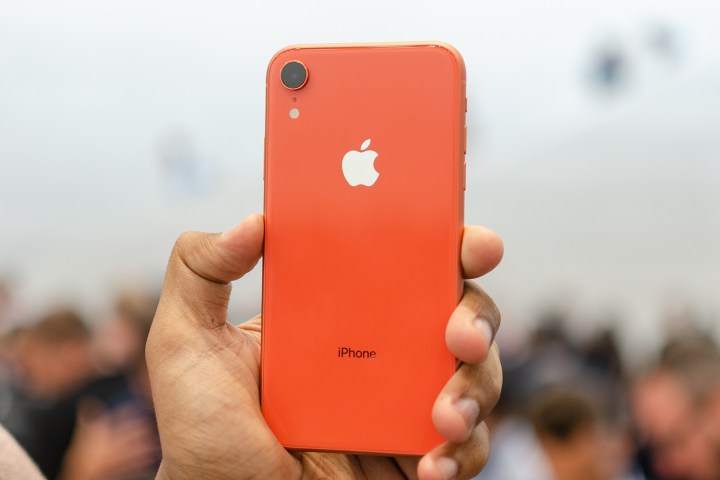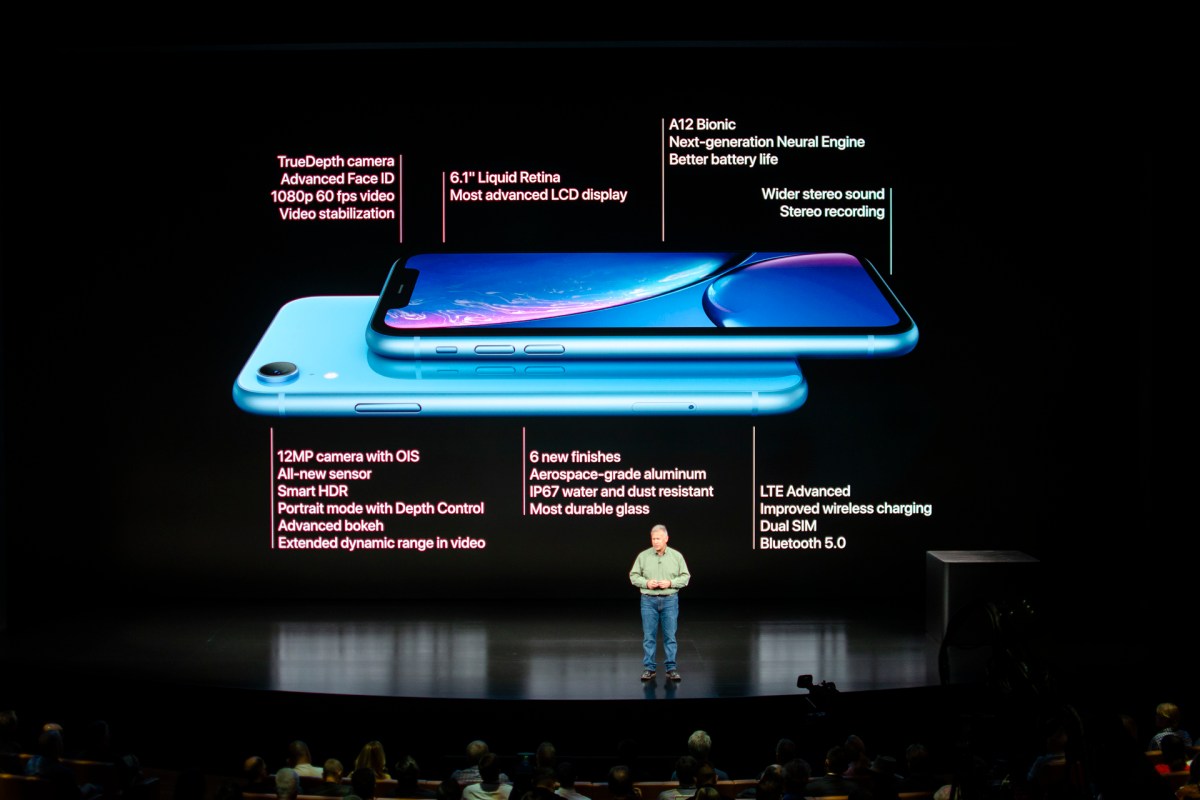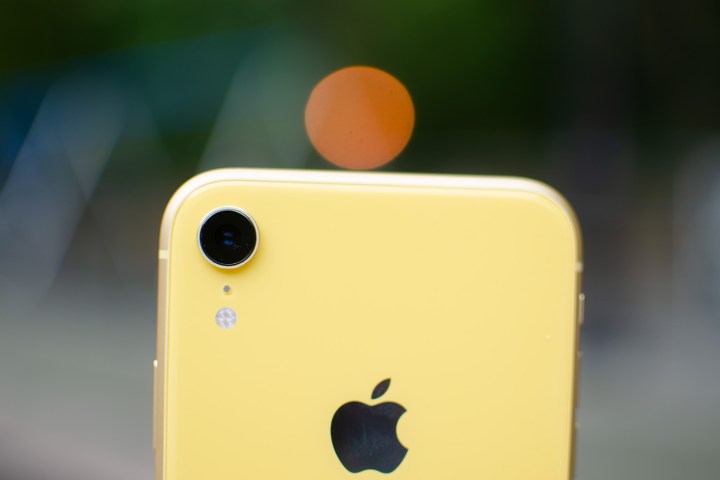
Apple’s set of 2018 iPhones is finally here, and while the iPhone XS and iPhone XS Max may get all the attention, not everyone has $1,000 to spend on a phone. Thankfully, however, those flagship phones aren’t the only new iPhones around — Apple has also launched a so-called “low-cost” iPhone XR.
While a slight diversion from Apple’s usual naming scheme, the new iPhone XR clearly has a lot to offer, and if you’re an iPhone user it may well be the best choice for your needs. Here’s everything you need to know about Apple’s new iPhone XR, and what makes it different from the iPhone XS and iPhone XS Plus. You can check out our iPhone XR review for our in-depth impressions.
Updates
The iPhone XR has been Apple’s top-selling iPhone since it launched
In news that probably doesn’t surprise anyone, Apple announced that the iPhone XS has been Apple’s top-selling iPhone since it launched, according to a report from CNET. In the report, Apple Vice President of product marketing Greg Joswiak told CNET that the iPhone XR has been the “been our most popular iPhone each and every day since the day it became available.”
Of course, this isn’t really that surprising. The iPhone XR is far cheaper than the $1,000-plus iPhone XS, making it much more accessible to more people. Not only that, but the iPhone XR was made available for order on October 26 — over a month after it started selling the iPhone XS on September 21. It’s likely that many of the people who were going to order the iPhone XS did so as soon as it was made available. Still, the announcement does come amid concerns about iPhone demand.
Design
The first thing to note about the iPhone XR is the fact that it features a modern iPhone design, with a notch at the top. The device seems to have slightly larger bezels than the iPhone XS and XS Max, but it’s barely noticeable, and you probably won’t feel it unless you’re moving from an iPhone X to an iPhone XR. That display comes in at 6.1 inches — which is right in between the 5.8-inch iPhone XS and 6.5-inch iPhone XS Max. That display is an LCD display, and Apple calls it a Liquid Display. It has a resolution of 1,792 x 828, True Tone support, and more — though, unfortunately, it does not feature 3D Touch.
The back of the phone is perhaps the biggest diversion from the iPhone XS and XS Max — while the two more expensive devices feature dual-sensor cameras, the iPhone XR instead offers a single-lens camera. We’ll go into the camera’s specs a little later. On top of that, the phone has an aluminum frame, which means that like other new iPhone models, it will support wireless charging. It also has IP67 water-resistance.
Another big point of difference between the iPhone XR and iPhone XS is the colors on offer. While the XS and XS Max come in silver, space grey, and black, the iPhone XR comes in six different colors, including white, black, blue, coral, red, and yellow.
Specs
Key Specs
- CPU: Apple A12 Bionic
- Storage: 64/128/256GB
- Screen size: 6.1 inches
- Resolution: 828 x 1792
- Connectivity: Bluetooth 5, NFC
- Size: 150.9 x 75.7 x 8.3 mm
- Weight: 194g (6.84 oz)
- Operating system: iOS 12

The battery life on the iPhone, according to Apple, comes in at an hour and a half more than the iPhone 8 Plus — though Apple didn’t give a specific number of hours for the device.
Camera
As mentioned, perhaps the biggest difference between the iPhone XS and XS Max, and the iPhone XR is the fact that the iPhone XR only has a single-sensor camera — meaning the phone won’t offer features like Portrait Mode. The camera on the iPhone XR comes in at 12-megapixels with an aperture of f/1.8, and has support for Portrait Mode through machine learning — not through the dual-sensor camera like on other iPhones. We’ll have to wait and see just how high quality that Portrait Mode is.
On the front, the iPhone XR features the same TrueDepth camera system as the iPhone XS and iPhone XS Max, meaning you get the same Face ID features as other new iPhone models.
Price and availability
The iPhone XR is now fully available for purchase. The device comes in at $749, making it the iPhone of choice for those that like the iPhone X design but aren’t a fan of the high price tag. For more information on how to purchase the iPhone XR, check out our buying guide.
Updated on November 28, 2018: The iPhone XR has been Apple’s top-selling iPhone since its launch.








